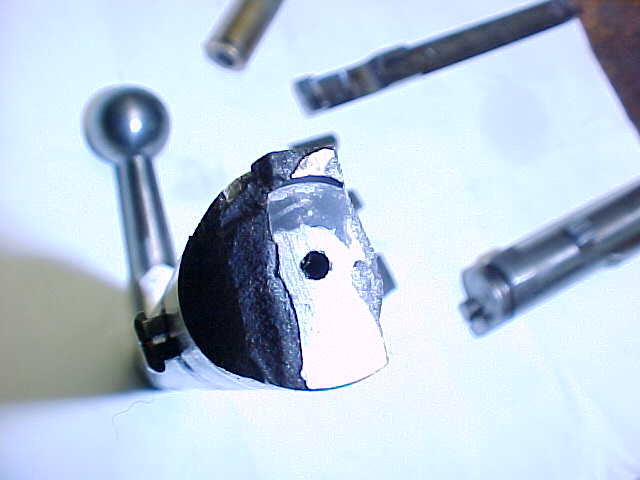Muddyboots
Well-Known Member
The biggest misconception for reloaders is "my rifle" can be loaded up to max listed in whatever reference being used. Universal receivers are frequently used as the "firearm" for load testing which are clearly not the same as a manufactured rifle. The intent of the load data is to provide load guidance to help you develop your loads that are specific to your rifle. I had a Savage 110 .270 that was very happy at 2 grains below max but showed all the pressure signs well below max charge listed. Read your pressure signs for your rifle ignoring what you think it should do versus what it can actually do. We all want a rifle that can shoot safely above max charges just because it must be a guy thing. The reality is otherwise. We don't know how many firings on brass at what pressure loads which can give false pressure observations for loose primer pockets.
I am in the camp that the load is off and not just having residual lube on brass. There is something obviously off in the reloading process if the SAME problem exists in different barrels. I would go through every single reloading step with him and VERIFY that the step is not out of bounds to acceptable reloading practices. Right now, everyone is throwing grenades over the fence to help and without detailed step by step verification, its a moving dart board.
I am in the camp that the load is off and not just having residual lube on brass. There is something obviously off in the reloading process if the SAME problem exists in different barrels. I would go through every single reloading step with him and VERIFY that the step is not out of bounds to acceptable reloading practices. Right now, everyone is throwing grenades over the fence to help and without detailed step by step verification, its a moving dart board.

